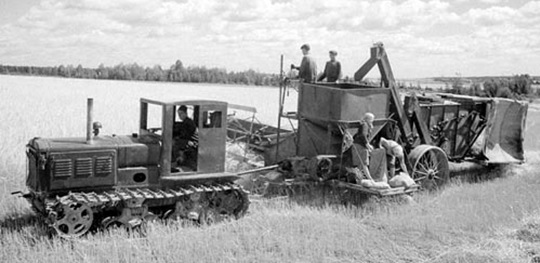
1918 year. The former Russian Empire is sinking into the abyss of the Civil War. The Bolsheviks barely asserted their power in Moscow and Petrograd, the Saint Petersburg, and Vladimir Lenin, the leader of the world proletariat, is already making plans for the peaceful life after the final victory in the revolution. He considered the agricultural development as one of the key issues. But the small farmers were supposed to have machineries for the complete and final success. There was no hope for the West, it needed to establish the own production. And, despite the difficult and shaky situation of the new authorities, they gave the go-ahead for the production of the new tractors. Vladimir Lenin at the VIII Congress of CC RCPB, the Central Committee of the Russian Communist Party of the Bolsheviks spoke out: “If we could give 100,000 first-class tractors with the engine drivers tomorrow, supply them with gasoline, then the small farmer would say:“ I am for the communiya ”(that is for communism). But in order to do this, we must first defeat the international bourgeoisie, we must force it to give us these tractors, or we must increase our productivity so that we can deliver them ourselves.” It was set up the production of the "proletarian" tractor while they faced down the bourgeoisie. And they even stated that 2,000 wheeled and tracked machines had to work in the fields for the successful development of the agriculture. In 1918, the first 8 five-ton tracked tractors had been assembled in the shops of the Bolshevik Petrograd plant. Yet, they were planned to assemble under the American technologies before the revolution, but the previous authorities never got a chance. The Bolsheviks finished the job. And even there was no sense in the assembled cars, they were mainly used for the propaganda purposes.
From words to action
After the Civil War, having finally asserted their power, the Bolsheviks were scrupulous about the behest of Vladimir Ilyich Lenin- to give the small farmers the thousands of tractors. But again there was an issue, where to get them, or rather, who will give them? And the authorities addressed to Yakov Mamin, the inventor- engineer of the tractors the "Karlik" and the "Gnom". It was going to their mass production on the basis of the "Oil engines and Tractors Plant" in Balakovo, Samara Province. But the February and October revolutions and then the Civil War did not let the tractors appear. And in 1923, the Soviet authorities went to Germany to purchase equipment. It has been allocated 130,000 rubles for these purposes. It was planned to produce up to 300 agricultural machines per year at the modernized enterprise but only a few machines were produced. This was not the only attempt to enter the serial production of tractors in the Soviet Union. It was also made the other attempts; in 1923 - 1924 they tried to arrange the production of the twenty-horsepower "Bolshevik" tractor at the "Bolshevik" Leningrad Plant. At the "Ukrtrestselmash" they intended to assemble the three-wheeled twelve-horsepower "Zaporozhets" tractor but its price was several times higher than the American "Fordzon" tractor. If the domestic tractor's price was 5,000 rubles then the overseas one was cost 1,800 rubles.
The help from the West
A little over 2,500 tractors worked in the fields of the newly state and all of them were of the foreign-made. Despite the numerous attempts the Soviets could not arrange their release using their own resources. In the 20s the tractor plants were built in Chelyabinsk, Kharkov and Stalingrad with the use of the foreign technologies. Meanwhile, the total mechanization of the agriculture remained amongst the main tasks for the country. The Soviets began assembling the tractors with the help of the capitalist countries (when it comes to survival the principles might be sacrificed). Soon, in 1932 the USSR was the world leader in the production of the tractors although their quality left much to be desired. It was totally produced 50,640 machines. In 1937 it was started the production of the "STZ-NATI" and "KhTZ-NATI" tracked tractors at the Stalingrad and Kharkov Tractor Plants, which had already been built by the Soviets. The tractors were named in honor of the manufacturing plants and the Scientific Automotive Institute. The inventors-engineers were given the task of “not to invent but to construct” based on the most advanced technologies of that time. The engineers faced up to the challenge. The agricultural machine significantly exceeded the existing analogues in almost all operational and functional specifications. In 1938 at the World Exhibition in Paris, these machines received the highest award - the Grand Prix, i.e. the invention of the Soviet "Kulibins" had been valued by the foreigners. And by 1940 the USSR came out on top in the world in the production of the tracked tractors. Over 40% of the global production of these machines accounted on the Soviet tractor plants with the highest quality.






































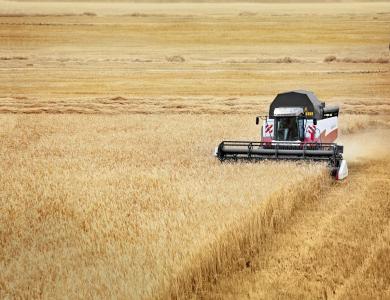
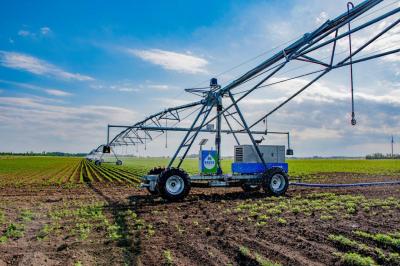
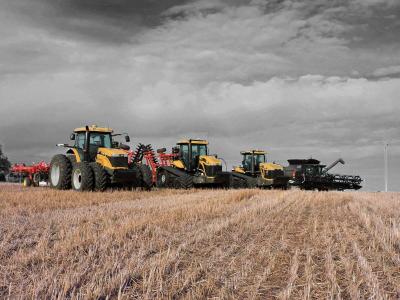
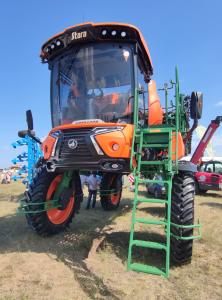

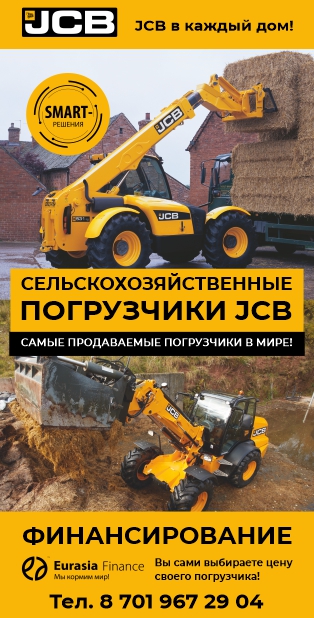

Обсуждение